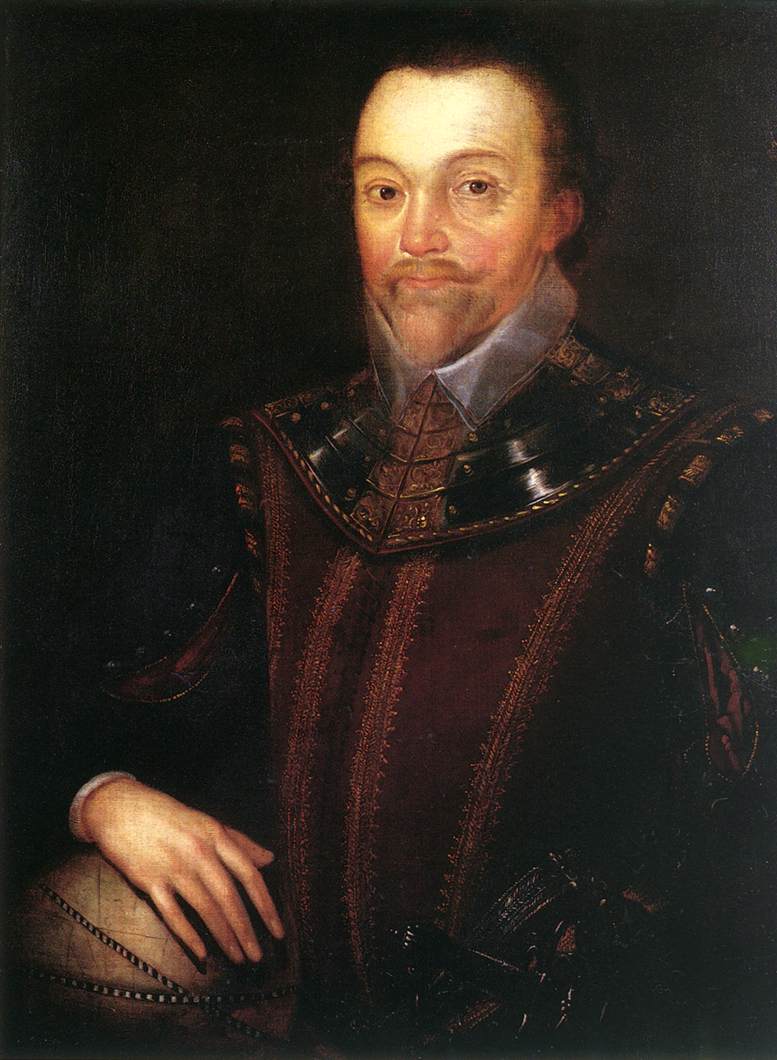Flemish-born portrait painter, who settled in England in 1568 with his father Marcus the Elder (c.1530-c.1590), an engraver and painter. He spent his early years in Bruges, but at the age of seven they moved to London. Marcus the Younger was trained as a painter there by his father and by the painter Lucas de Heere, who had also left Flanders for religious reasons, remaining in London until 1577. It is likely that at the end of the 1580s Marcus the Younger again spent some time in the Low Countries, since his early paintings reveal the influence of the Antwerp school and chiefly the work of Frans Pourbus the Elder.
In 1590 Marcus Gheeraerts the Younger married Magdalena de Critz, the sister of his stepmother Suzanna. This brought him into close contact with John de Critz the Elder, who was also trained by Lucas de Heere. It is not known whether Marcus, like his brother-in-law, became a court painter, but he certainly obtained many commissions from the English court, both for portraits and for decorative and heraldic work. His portraits conform to the conventions of 17th-century portrait painting, in which the depiction of richly embroidered clothes decorated with expensive lace was very important. Yet his sensitive technique, which makes his paintings radiate with a quite unique atmosphere, distinguishes him from his contemporaries and followers. Together with Isaac Oliver, the well-known miniature painter who married Gheeraerts's sister Sara in 1602, Marcus instigated the break from the firmly two-dimensional and linear tradition of Nicholas Hilliard and Robert Peake. With a tender, romantic and fanciful style that became highly valued in England under Queen Elizabeth I, Gheeraerts and Oliver were the first to convey a sense of sweet melancholy in their portraits. A similar style is evident in the work of the young Cornelis Jonson van Ceulen I, who was possibly Gheeraerts's pupil.
So many portraits have been attributed to Gheeraerts that there is a strong possibility of some of them being the work of his father. Eight signed portraits by Marcus the Younger are known, but a further twenty-two can be attributed to him with certainty on the basis of the handwriting of the inscriptions found on most of the paintings: it was Gheeraerts's personal custom to put into the background of each portrait a sonnet or the date and age of the sitter. The portrait of Sir Henry Lee (c. 1590-1600; Ditchley Park, Oxon) depicts Gheeraerts's first important English patron in three-quarter length, with one hand on his hip and one on his dog Bevis who had saved his life; this event was recalled in a poem that can be read in the background. It was Sir Henry who commissioned Gheeraerts to paint a portrait of Elizabeth I (1592; National Portrait Gallery, London). This is the largest portrait of the Queen, though it has been cut back on both sides; it was painted on the occasion of her visit to Sir Henry at Ditchley. Gheeraerts and his workshop used this first portrait as a model for other versions, later on with a number of variations.
The portrait of Robert Devereux, 2nd Earl of Essex (c. 1596; Woburn Abbey, Beds) was painted soon after the return of the Earl's expedition to Cadiz. Another painting from the early years is the Lady in Fancy Dress (1590s; Royal Collection, London). It presents a lady dressed as a Persian maid.
After the death of Elizabeth I in 1603, James I's wife, Anne of Denmark, was pleased to be portrayed by Gheeraerts, a good example being the portrait (c. 1605-10; Woburn Abbey, Beds) in which Anne is depicted more as a real woman than as a queen.
Gheeraerts fell out of favour with the Queen after 1617, and Paulus van Somer became her favourite painter. From 1620 Gheeraerts's commissions came mainly from scholars and from the gentry rather than the court. He continued to work in a style that in a certain sense had become old-fashioned but still met with much success.
//
![]()









